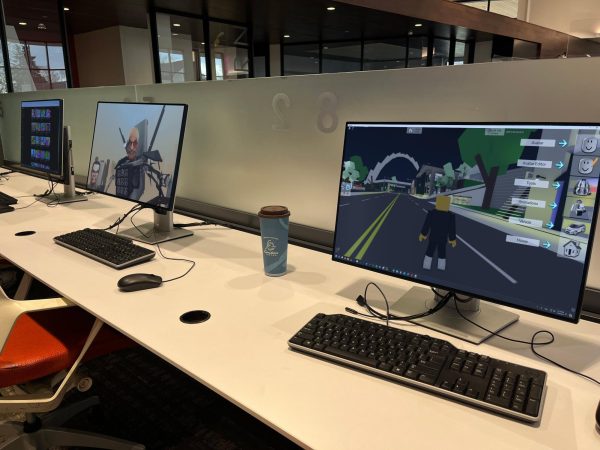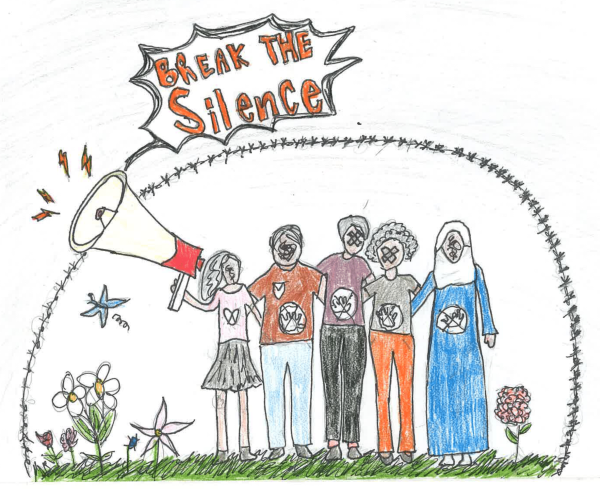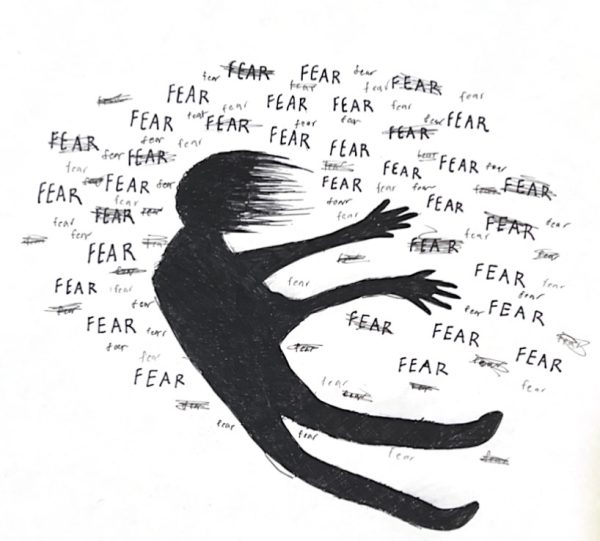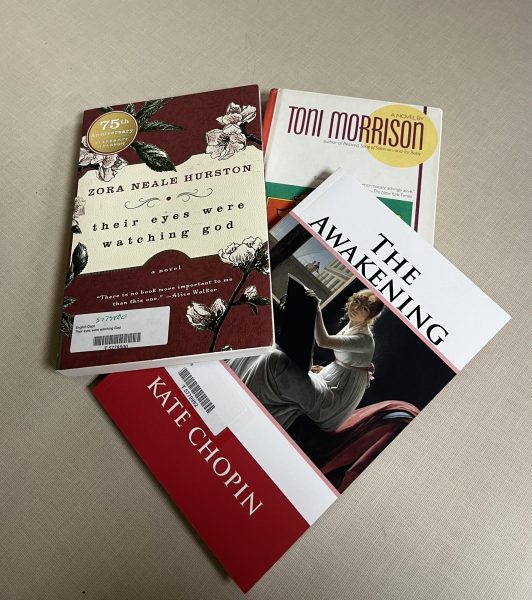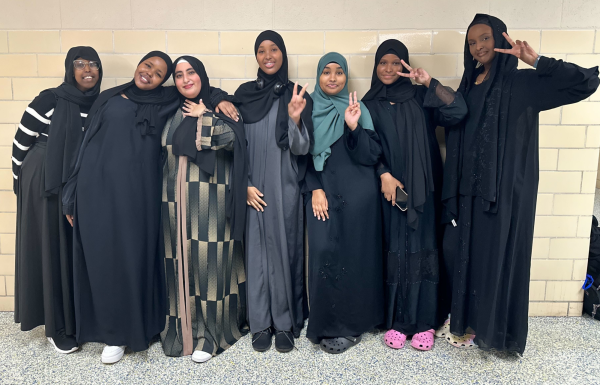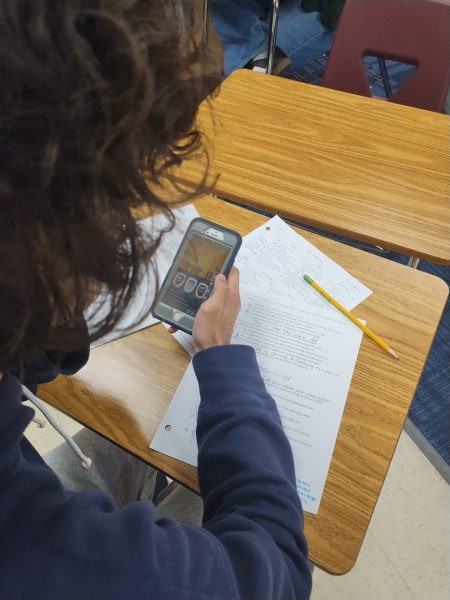Biased sources skew views on crime in Minneapolis
Illustration by Ezra Riemermann
Media has long stoked fears as a means of increasing viewership or readership, and social media is no different, argues Jack Israelson.
Carjacking at gunpoint! Shotspotter activation! Robbery in progress! These are some of the most common terms you’ll find on Minneapolis’ social media crime watcher pages.
Despite the fact they report important crime information, these crime watcher pages are not painting Minneapolis in a positive light. They are often overexaggerated and are a breeding ground for bigoted, racist and stereotypical statements.
While crime is also reported on the major news outlets, there are two main accounts that report crime in the Minneapolis-St. Paul metro area: Minnesota (MN) Crime and Twin Cities Crime Watch.
MN Crime reports about not just crime in the metro area, but also across the whole state of Minnesota and even into Wisconsin. They are relatively objective and do not openly endorse any political party or lean anywhere on the political spectrum.
This objective approach is in stark contrast to the Crime Watch network, which includes pages for each Minneapolis precinct, St. Paul and the greater Metro area. They report on more crimes than the former—even minor crimes like domestic calls—but they are biased toward the right and frequently attack Democrats in power.
The Minneapolis Crime Watch pages have been active for 13 years. In their statement on Patreon, they say, “Crime Watch exists because city officials, police administrations and mainstream Minnesota media refuse to give you adequate public safety and crime information that you need and deserve.” In their social media posts, they frequently attack Democratic leaders Jacob Frey, Tim Walz, Keith Ellison and Ilhan Omar, the Minnesota Freedom Fund and sometimes individual journalists like Jason DeRusha.
Jason DeRusha is a radio host on WCCO Radio. In a recent tweet responding to an editorial cartoon by Star Tribune cartoonist Mike Thompson—which repeats the same message Crime Watch is sending—DeRusha said, “[this cartoon] perpetuating a false, stupid, lazy stereotype about the city is a choice.” Of course, Crime Watch was quick to call out the tweet and still attacks him to this day. They also frequently mock Minneapolis’s “vibrance” and “experience.”
In both organizations’ comments sections, the statements are not any better—in fact, they get worse. Many of the comments are from self-identified Republicans, also mocking the city’s vibrance and diversity. Many of the comments are also racist and bigoted—especially when the suspects are Somali. These include calling them terrorists, calls for deportation and even castration.
The content that Crime Watch posts and its followers’ comments make it seem like Minneapolis is too dangerous for anyone to live in. But is that the case, or is the danger of Minneapolis truly a false, stupid and lazy stereotype?
Coming from someone who lives in a first-ring suburb but occasionally bikes in Minneapolis, these crime accounts over-hype how dangerous the city is. I’m not saying that there is no crime, though—there certainly is, especially since reported crime is currently at its peak since the “Murderapolis” days in 1995.
“I live somewhere in the middle where if you go south, there is more crime than going north,” a Columbia Heights High School (CHHS) junior who wished to remain anonymous said. “In my neighborhood, it’s not as bad.”
Of course, when you live in a noisy, heavily populated city, you can’t help but somewhat worry about your safety from time to time. Gang violence is prevalent in North Minneapolis and often occurs at quick stops, such as convenience stores.
“A girl was in between a gang violence incident and accidentally got shot at a quick stop near me,” the same CHHS junior said. “There’s also [been] a lot of gang violence going on at a ‘USA gas station’ near me.”
In reality, where you need to keep your head up depends on where you live in a city. Not all areas in Minneapolis are very dangerous, and it’s inaccurate to call the whole city “crime-ridden” or a “third-world city” when the majority of crime and violence happens in a few areas—mainly the North side and a few South Minneapolis neighborhoods. Even in more violent neighborhoods, the community is often very strong and working to improve their neighborhood.
Fortunately, Minneapolis is doing something about its rising crime. A new chief, Brian O’Hara, was sworn in recently and hopes to get the spike in crime under control.
“His unrelenting willingness to show up and be present will allow him to succeed in driving police reform, reducing violent crime and strengthening police-community relations,” said Minneapolis Mayor Jacob Frey in a recent press release.
Recently, O’Hara was involved in arresting a group of criminals on a carjacking spree. Also under his rule, 45 gang members from the Highs and Bloods were federally charged under the RICO act for gang violence, and more charges will soon be pressed on street gangs in general.
Now that there are more efforts to decrease crime, it’s time we call on the people who run Crime Watch and its followers to step out of their comfort zone or suburban neighborhood and “study abroad” in Minneapolis to see what it’s really like to live there.

Jack Israelson (he/him) is many things: a barista, youth commissioner, bowler, photographer, actor, video editor and the Vice President of GSA at Columbia...



